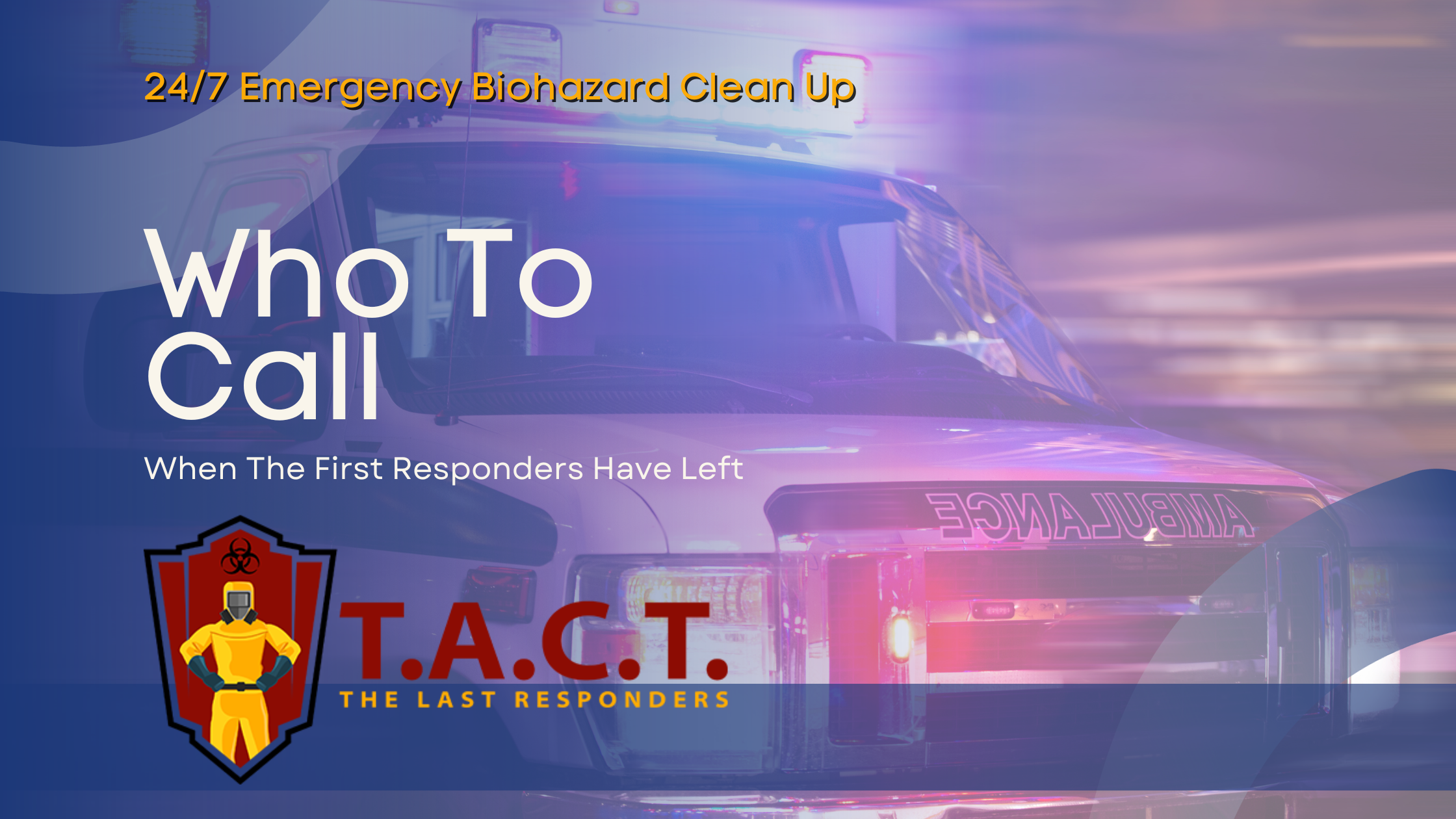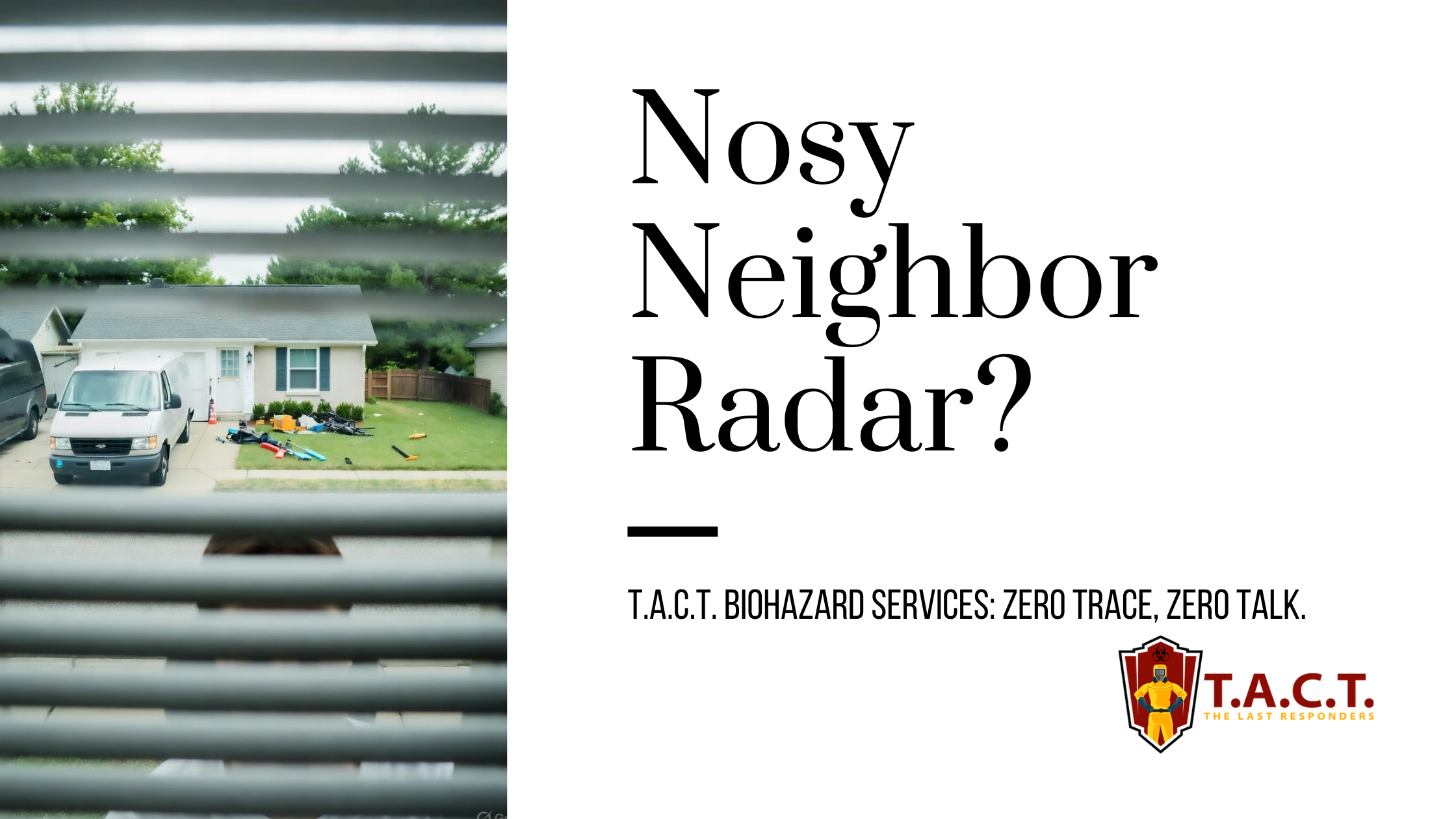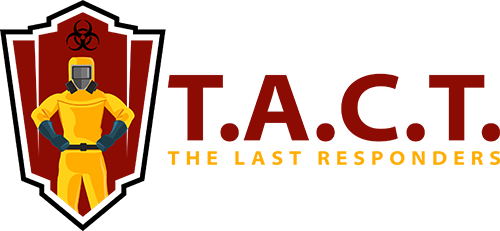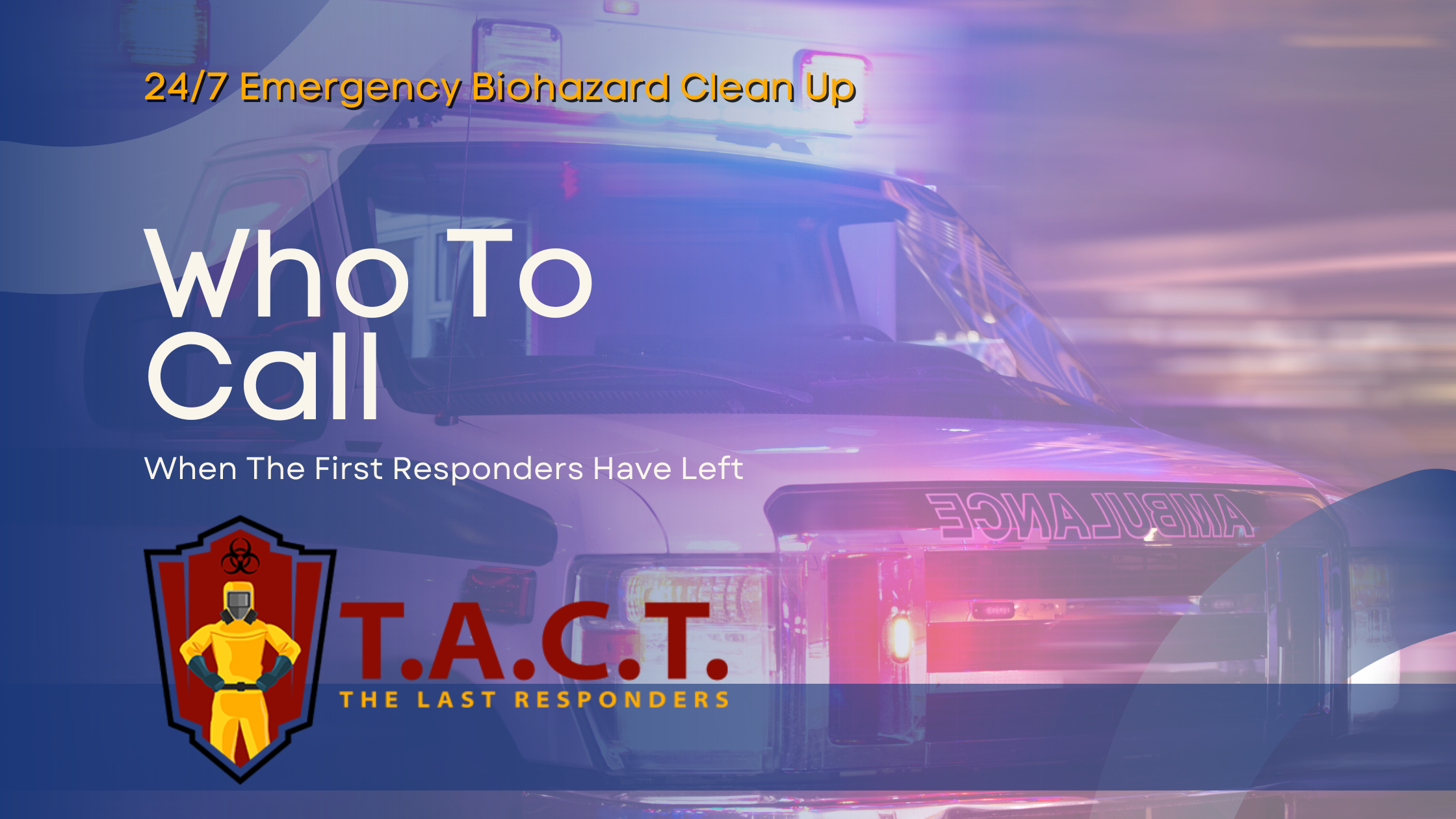How to recognize toxic mold

How to Recognize Toxic Mold: What Does Toxic Mould Look Like?
Toxic mold often looks like dark, slimy patches or fuzzy, discolored spots in colors like green, black, white, pink, or red. This article will help you recognize what does toxic mould look like by detailing its visual traits and typical growth areas in your home.
Key Takeaways
Toxic mold, particularly Stachybotrys chartarum (black mold), poses significant health risks and often thrives in moisture-rich environments such as bathrooms and basements.
Visual identification of toxic mold can be challenging, but characteristics such as texture, color, and common growth locations aid in distinguishing toxic species from non-toxic ones.
Preventing toxic mold growth involves controlling indoor humidity, addressing leaks promptly, ensuring proper ventilation, and engaging professional mold inspectors for effective identification and remediation.
Understanding Toxic Mold

Toxic mold refers to various species of mold that can produce harmful mycotoxins. These mycotoxins can have serious health effects on humans, making toxic mold a significant concern for homeowners. One of the most infamous toxic molds is black mold, scientifically known as Stachybotrys chartarum. Unlike common molds, toxic black mold has higher toxicity levels and distinct visual characteristics that set it apart. To effectively manage these risks, it is essential to identify toxic black mold in your environment.
Pathogenic molds, such as those from the Aspergillus genus, can cause infections even in healthy individuals. This underscores the critical need to identify toxic molds accurately. The presence of toxic mold in your home can lead to a range of health issues, from mild allergic reactions to severe respiratory problems.
Distinguishing between common mold and toxic black mold is crucial. Both can appear in homes, but toxic black mold produces mycotoxins that pose greater health risks. Early identification can prevent exposure and the spread of harmful spores.
Types of Toxic Molds
Toxic black mold, or Stachybotrys chartarum, is commonly found in areas with consistent humidity, such as musty odors in attics, basements, crawlspaces, and around foundations.
This mold thrives in moisture-rich environments, making it a frequent culprit in homes with water damage or poor ventilation. Identifying black mold and preventing its mould growth is crucial for maintaining a healthy living space.
Another type of toxic mold is Apophysomyces, which typically grows in soil, decaying organic matter, and rotting food. This mold can also find its way into indoor environments, especially if there are damp conditions and organic materials present. Both black mold and Apophysomyces produce mycotoxins that can have serious health implications.
Knowing the environments where these molds thrive helps homeowners take preventive measures. Addressing areas of high humidity and maintaining proper ventilation can significantly reduce the risk of mold growth, excess moisture, and protect your home from toxic molds.
Visual Identification of Toxic Mold

Visually identifying toxic mold can be challenging, as it often resembles other mold types. However, there are specific appearance indicators that can help you distinguish toxic molds from common ones. Recognizing these signs is the first step in addressing a mold problem and preventing further mold spread in your home.
Toxic molds can appear in various forms, from fuzzy or fluffy textures to dark, slimy patches. Their colors can range from white and gray to green and black, depending on the mold species and environmental conditions. It’s essential to look closely at any visible mold in your home to determine whether it might be toxic mould.
Identifying toxic mold involves observing its characteristics and the areas where it grows. Focus on moisture-prone spots and poorly ventilated areas, as these conditions favor mold growth. Consider the specific visual traits of three common toxic molds: Stachybotrys chartarum, Chaetomium, and Fusarium.
Stachybotrys chartarum (Black Mold)
Stachybotrys chartarum, commonly known as black mould, is characterized by its dark green coloration and slimy texture. This toxic black mold often appears greenish-black or grayish-black. Its slimy or furry texture makes it stand out from other molds, which can sometimes be mistaken for stains due to their low texture and slightly greenish color.
Black mold thrives in moisture-rich areas, such as bathrooms, kitchens, and around plumbing fixtures. It’s commonly found beneath sinks, bathtubs, toilets, and in crawlspaces and attics. Poor ventilation and water leaks contribute to its growth, including black mold growth, making regular inspections critical for early detection.
Identifying black mold requires looking for specific visual traits that can be seen with the naked eye and understanding its preferred environments. Recognizing these signs enables prompt action to identify black mold, eliminate mold, and prevent black mold growth in your home.
Chaetomium
Chaetomium is another type of toxic mold commonly found indoors. It typically grows on materials such as wallpaper, drywall, door trim, window trim, and paper products. This mold has a fuzzy appearance and can appear on baseboards, carpets, cardboard, and cotton products, making it a versatile and widespread indoor mold.
Chaetomium is capable of growing on whole foods that are high in fiber. This includes:
Whole grains
Pastas
Quinoa
Brown rice Its presence on these materials indicates a high level of moisture and poor indoor ventilation. Identifying this mold involves looking for its characteristic fuzzy texture and the materials it commonly affects.
Knowing where Chaetomium grows and its appearance helps homeowners take preventive measures. Regular inspections of vulnerable areas and maintaining low humidity levels are crucial for managing this toxic mold.
Fusarium
Fusarium mold is recognizable by its fluffy texture and color variations, which can include white, pink, and red. This mold often grows on decaying organic matter but can spread to other surfaces in your home. Its vibrant colors and fluffy texture make it easier to identify compared to other molds.
Fusarium produces mycotoxins that can cause allergic reactions and other health issues. Key points about Fusarium include:
It thrives in damp environments.
It can be found on surfaces like gypsum board and decaying foods.
Identifying this mold involves looking for its distinctive colors.
Areas with decaying organic matter should be promptly cleaned and dried to prevent its growth.
Recognizing Fusarium is vital for preventing mold-related health issues. Regular cleaning and maintenance of damp areas help eliminate mold and support disease control by reducing the risk of exposure in your home while using protective eyewear.
Common Locations for Toxic Mold Growth

Toxic molds such as Stachybotrys chartarum thrive in damp and water-damaged buildings. These molds prefer consistently humid environments, making areas like attics, basements, and crawlspaces particularly vulnerable. Knowing common locations for mold growth helps homeowners take proactive measures to prevent infestations.
Bathrooms are a prime location for mold growth due to their warm, humid environment. Mold can commonly be found in areas like the shower, bathtub, and around plumbing fixtures. Kitchens are also susceptible to mold, especially under sinks and in appliances like microwaves and refrigerators.
Basements often experience mold problems because of their dampness and lack of airflow. Attics can harbor mold due to poor ventilation and potential leaks from the roof. Additionally, air conditioning and heating ducts are critical areas to check, as airborne mold spores can grow and spread throughout the home if not properly maintained.
Health Risks of Toxic Mold Exposure

Exposure to toxic mold can lead to a range of health issues, from mild allergic reactions to severe respiratory problems, including trouble breathing and asthma symptoms. Symptoms of black mold exposure include nasal congestion, a runny nose, sneezing, and eye irritation. For individuals with existing allergies, allergy symptoms may develop quickly and be more severe.
Those with compromised immune systems or autoimmune conditions are particularly at greater risk for severe health effects and negative health effects when exposed to toxic molds and mycotoxin exposure, along with other serious health issues. Prolonged exposure to mycotoxins can lead to chronic symptoms, fungal infections, and even serious illness like lung disease and cancer, especially in those with weakened immune systems and healthy immune systems. This is a significant concern for human health, the immune system, and potential health risks.
Engaging professional services for mold inspection can significantly reduce the risks of health issues associated with mold exposure. Professional inspectors can identify hidden mold infestations and provide tailored remediation plans to address the problem effectively.
How to Prevent Toxic Mold Growth

Preventing toxic mold growth involves:
Controlling moisture and ensuring proper ventilation.
Keeping indoor relative humidity below 60%, ideally between 30% and 50%, to deter mold.
Promptly addressing plumbing leaks.
Drying wet materials within 24-48 hours to significantly reduce the risk of mold growth.
To prevent mold infestations in your home:
Use exhaust fans when cooking or showering to minimize moisture accumulation on damp surfaces.
Insulate cold surfaces like water pipes to prevent condensation and subsequent mold growth.
Maintain adequate ventilation and plumbing systems properly to avoid issues like a water leak.
Professional mold inspectors can offer guidance on preventive measures and help minimize the risk of future infestations. Regular inspections and proactive maintenance are crucial for keeping your home mold-free and ensuring a healthy living environment.
Professional Mold Inspection and Removal
Consulting a professional is crucial when mold is discovered in your home. Mold inspectors have specialized training to detect hidden mold infestations not visible to the average property owner. They use advanced technologies like infrared thermography to identify moisture patterns conducive to mold growth.
Professional mold remediation includes safety measures to prevent mold spores from spreading during the removal process. These professionals typically offer a range of services, including testing, remediation, and insurance claim assistance.
Hiring a professional ensures that mold removal is thorough and effective, reducing the risk of future mold problems in your home. By relying on experts, you can protect your indoor air quality and maintain a healthy living environment.
Summary
In summary, recognizing and addressing toxic mold is crucial for maintaining a healthy home. Understanding the types of toxic molds, their visual identification, and common growth locations can help you stay vigilant against mold infestations. Remember, prompt action and preventive measures are key to keeping your home mold-free.
Exposure to toxic mold can have serious health implications, especially for those with compromised immune systems. Identifying mold early and engaging professional inspection and removal services can prevent health issues and costly repairs.
Stay proactive in controlling moisture and ensuring proper ventilation to prevent mold growth. By following these guidelines and taking swift action, you can protect your home and health from the dangers of toxic mold.
Frequently Asked Questions
What is toxic mold?** **?
Toxic mold is defined as certain mold species that release harmful mycotoxins, posing significant health risks to humans. It is essential to identify and remediate such molds promptly to avoid adverse health effects.
How can I identify black mold in my home?** **?
To identify black mold in your home, look for greenish-black growth with a slimy or furry texture, often found in damp areas such as bathrooms and basements. Regular inspections in these moisture-prone locations can help you detect it early.
What are the health risks of toxic mold exposure?** **?
Toxic mold exposure poses serious health risks, including asthma, chronic respiratory symptoms, fungal infections, and potentially severe conditions such as lung disease and cancer. It is essential to address mold issues promptly to mitigate these dangers.
How can I prevent mold growth in my home?** **?
To prevent mold growth in your home, control moisture levels, ensure proper ventilation, and promptly address any plumbing leaks. Taking these proactive steps will significantly reduce the risk of mold development.
Why should I hire a professional for mold inspection and removal?** **?
Hiring a professional for mold inspection and removal ensures thorough detection and effective remediation, protecting your property from hidden mold and future infestations. Their expertise and specialized tools are crucial for achieving lasting results.
Latest news

Bio Cleaning Services
Read More
Nosy neighbors peeking? T.A.C.T. North Atlanta offers discreet biohazard remediation for rodent infestations, mold, hoarding, and more. Unmarked vehicles, quiet experts, full privacy—24/7 service at 470-781-4775.
Read More
